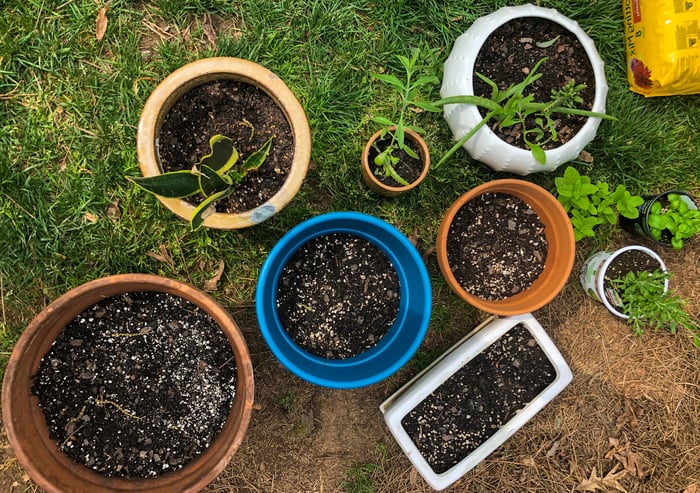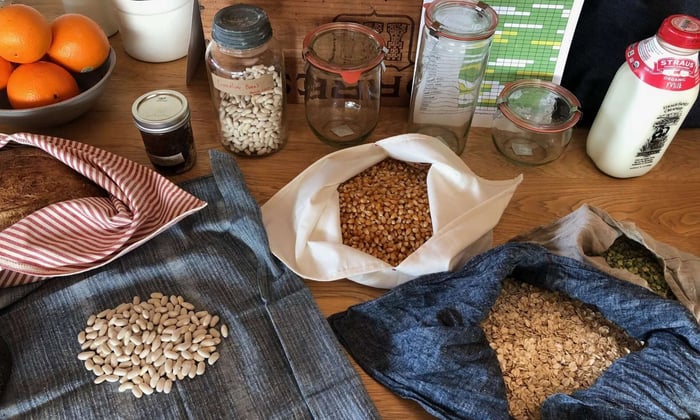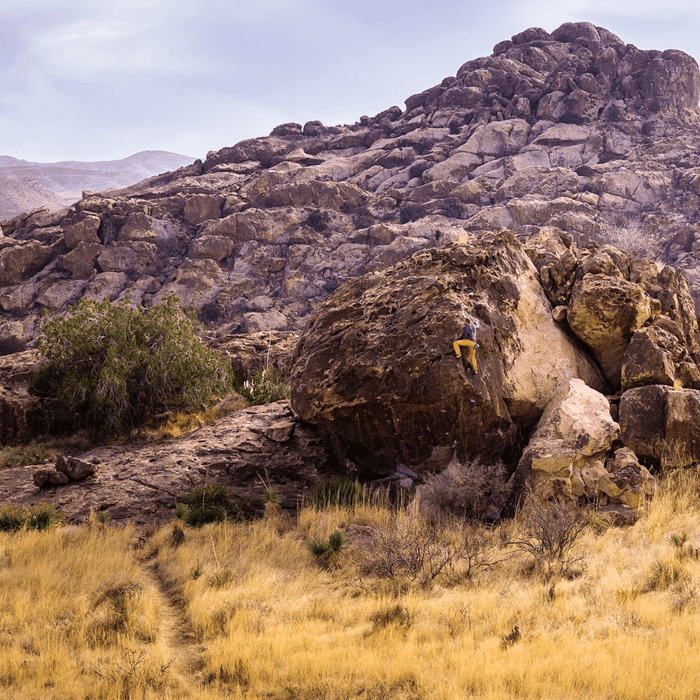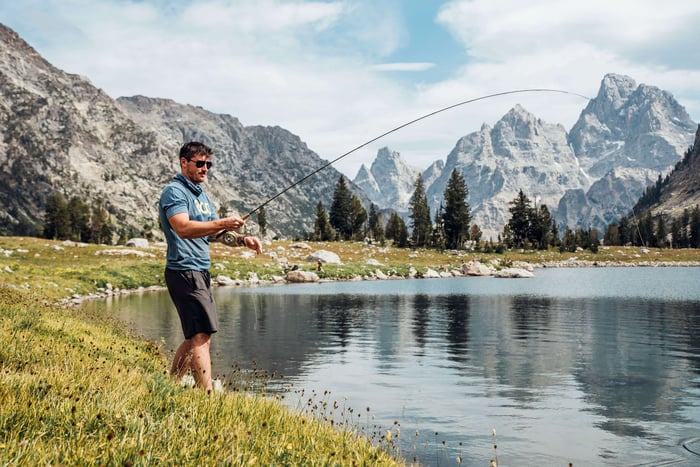You don’t need much to start an edible garden- it’s easy and you can go as small or big as you want... from planting some seeds in a couple of recycled yogurt containers, to planting window boxes or raised beds, to landscaping your entire yard to be edible. There’s no rules! An edible garden simply contains plants, flowers, herbs, seeds, and/ or berries that you can eat- no need to go to the store as much when you can grow a lot yourself at home.

We conducted an interview with home gardening expert Dr. Kristin Alligood about jump-starting your own home edible garden. When asked why she has been drawn to the mastery of edible gardens, Dr. Alligood described, “It’s nice to play in dirt and eat the things you grow. When you grow your own food, there is this fun sense of self-sufficiency. It’s fun to watch things grow, pick what you eat, and it also means that you have complete control over how your food is managed- you know for sure if it has undergone pest management, and that if it has it’s been with organic and natural options- there are many- versus eating food that may have been subject to chemical pesticides.”
Further, planting your own edible gardens helps combat climate change. The average meal in the U.S. travels 1500 miles to get to a dinner plate, and bringing the security of food closer to home isn’t only fun, it can also be a step to reducing carbon emissions related to current transportation of our food. In times of uncertainty and more time at home, getting an edible garden going is both enjoyable and valuable.
Here’s what to do to get going:
1. Know Your Sunlight (AKA Plant Food)
In identifying what you’re working with, choose areas with sunlight (AKA plant food). Most edible plants thrive in at least 6 hours or more of direct sunlight daily, and typically, the more sunlight your garden gets, the faster it grows. So, are you making a couple of pots to put in your kitchen window? Building some raised beds by the porch? Making a victory garden yard? In identifying scope and location of edible garden(s), maximize sunlight exposure and for shaded areas, choose shade tolerant plants. Dr. Alligood notes, “I usually plant salad greens, kale, and spinach in areas with more limited sun exposure because they don’t require as much sunlight, while for plants like tomatoes that need more sunlight, I plant in my south-facing raised beds for max sunlight.”
2. Get into Your Dirt
Soil composition varies by geography, but most fundamentals of great soil for edible gardens hold true wherever you are. Getting into your dirt, here’s what you want:
- Soil that’s free-draining, but still able to retain nutrients and water. “Loams,” known as the best soils include some sand, silt, and clay to increase nutrients and drainage. Adding organic loam as base soil is a great place to start.
- Soil that is rich in organic matter is key, and using your at home compost (Here’s a How To Compost if you need it!) is perfect for this. It’s also important for your soil to be aerated, so mixing in a top layer of organic compost helps achieve this.

- The best soil for growing has a neutral pH to slightly acidic (pH 6 to 7) because some plants can only access nutrients when the soil is in this pH range. Here are a couple of ways to test your soil’s pH. If your soil does not fall in this range, depending on how it needs to be adjusted, there are natural additives that will adjust your soil’s pH. For example, if your soil has a low pH, you can add lime, which is available at gardening stores.
- Soil that is rich in soil life such as earthworms is best for edible garden spaces that are large enough to support it.
3. The best part… What do you want to eat?!
Consider your local climate, what the native edible plants are, and what grows well in your region based on climate. And of course, have fun thinking about what vegetables and herbs you and your family like to eat. Lettuce, kale, and spinach and herbs such as rosemary, basil, thyme, and cilantro can be a great place to start small, and are also great to incorporate into larger gardens, which may include potatoes, beets, broccoli, cabbage, tomatoes, squash, corn, raspberries, blueberries, strawberries, rhubarb, peppers, peas, carrots… you name it. When considering what to plant, note the watering regime, sunlight requirements, when to plant, and spacing for different plants (information that’s available on seed packets, starters, at your local gardening store, and online). Consult with your local gardening store on which plants may be best to start from seed vs. buying starters. This may sound like a lot, but it’s usually pretty simple once you start.
Dr. Alligood also notes, “Don’t forget about the pollinators. At least one-third of our food only grows with pollinators. It’s beneficial to your edible garden and great to be able to have plants that help out pollinators and other beneficial insects. The flowers not only help your garden area look nice, but it helps pollinators and keeps pests away. What to plant for pollinators varies by geography, soil composition, temperature, etc. but what’s best is to plant a variety of flowers that will blossom at different times so that pollinators have food throughout the whole growing season. Having different flower types is like having the whole food pyramid for pollinators; without variety, they don’t get all of their nutrients, and without them, many varieties of edible plants don’t survive.”







